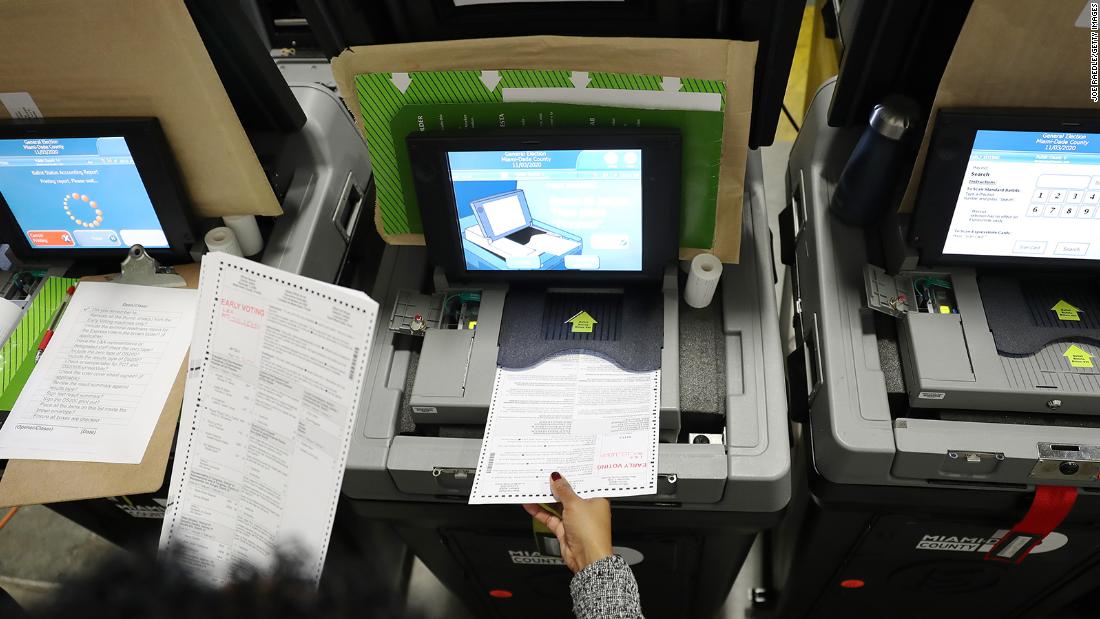2016 Presidential Campaign Hacking Fast Facts
CNN Editorial Research
Here’s a look at hacking incidents during the 2016 presidential race between Donald Trump and Hillary Clinton. For details about investigations into hacking and efforts to interfere with the election, see 2016 Presidential Election Investigation Fast Facts.
Timeline
September 2015 – The FBI contacts the Democratic National Committee’s help desk, cautioning the IT department that at least one computer has been compromised by Russian hackers. A technician scans the system and does not find anything suspicious.
November 2015 – The FBI reaches out to the DNC again, warning them that one of their computers is transmitting information back to Russia. DNC management later says that IT technicians failed to pass along the message that the system had been breached.
March 19, 2016 – Hillary Clinton’s campaign chairman John Podesta receives a phishing email masked as an alert from Google that another user had tried to access his account. It contains a link to a page where Podesta can change his password. He shares the email with a staffer from the campaign’s help desk. The staffer replies with a typo – instead of typing “This is an illegitimate email,” the staffer types “This is a legitimate email.” Podesta follows the instructions and types a new password, allowing hackers to access his emails.
April 2016 – Hackers create a fake email account and use it to send spear-phishing emails to more than thirty Clinton staffers, according to investigators. In the emails, the hackers embed a link purporting to direct the recipient to a document titled “hillaryclinton-favorable-rating.xlsx.” The link directs the recipients’ computers to a website operated by the hackers. That same month, hackers use stolen credentials to access the Democratic Congressional Campaign Committee computer network, stealing data with malware. They ultimately access 33 DNC computers and anonymously register a website called DC Leaks to publicize the release of documents.
May-June 2016 – The hackers steal thousands of emails from the DNC server and begin to conceal their efforts.
June 12, 2016 – During an interview on British…

